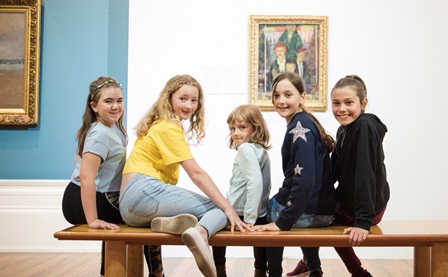Preston Lockout Exhibition
This exhibition discusses the Preston Lock-out 1853-54, and the novels of Charles Dickens and Elizabeth Gaskell. Dickens’ Hard Times and Gaskell’s North and South were inspired by the events in Preston, and the authors used their stories as a window into social conditions and relationships in Victorian Britain. This is part of The Harris on Campus project working in partnership with The University of Central Lancashire.
WHAT WAS THE LOCKOUT?
“10% AND NO SURRENDER”
The Preston Strike and Lock-out of 1853-54 was a famous event in British history and was reported on by the contemporary international press, including by Karl Marx for the New York Daily Tribune. In Preston, 20,000 workers from the cotton industry went on strike to protest about conditions and wage cuts. The strike lasted from 5th June till 14th October 1853. The lock-out began on the 15th of October 1853 and ended on the 13th of May 1854, with the workers admitting defeat after not receiving their ten per cent pay increase.
Word Bank
Penitent: Feeling or showing sorrow/remorse for having done something wrong.
Industrialisation: The development of industries in a country or region on a wide scale.
Tyrant: A cruel and oppressive ruler.
Antagonism: Active hostility or opposition.
Densely: In a closely compacted or crowded manner.
Languor: Tiredness or inactivity, especially when pleasurable
Interminable: Endless or apparently endless.
Lockout: The exclusion of employees by their employers from their workplace until certain terms are agreed to.


Date
14th May 2024
Location
Central Methodist Church, Lune street, Preston
Cost: free
This collection is free to visit
Exploring Preston Lockout Exhibition
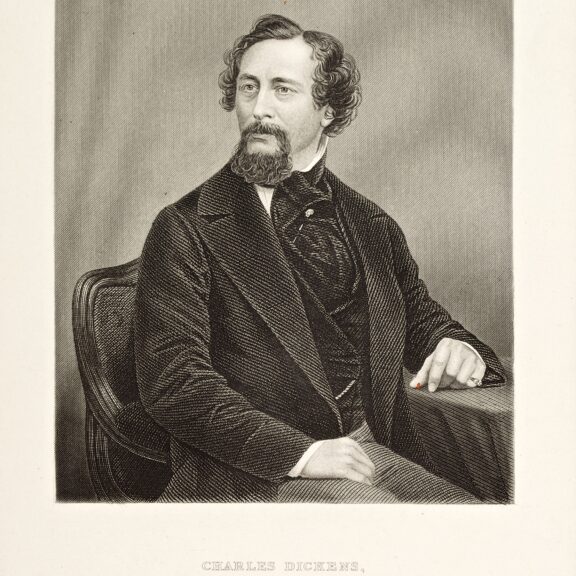
Charles Dickens
Dickens didn’t write about the Preston Lock-out directly in Hard Times, but the book does explore the harsh conditions faced by workers. It is set in the fictional ‘Coketown’ which is thought to be partly based on Preston and it describes the dehumanising effects of industrialisation on society. Through his storytelling, the author vividly describes the challenges faced by the working classes during this period of rapid industrial change. Dickens did however write about the dispute in the magazine he edited, Household Words. He used his time in Preston and his experience of other strikes as inspiration and based some of the characters on real-life figures.
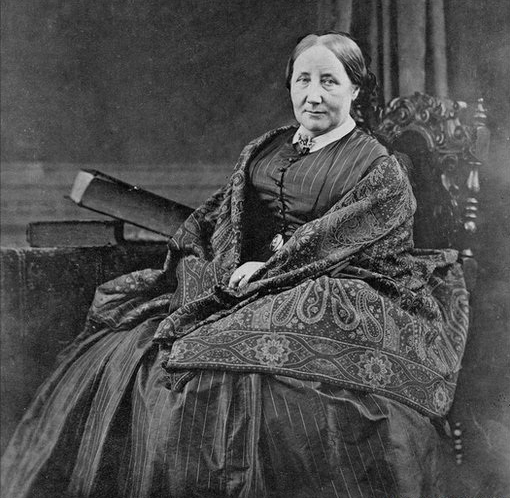
Elizabeth Gaskell
Gaskell was a prominent author of the Victorian age. Her fictional novels, such as Cranford and novella, My Lady Ludlow, were serialised in Dickens’ Household Words. One of these novels, North and South, delved into the themes of social unrest, industrialisation, and class conflict. It highlights the struggle of workers against factory owners, set against the backdrop of the Industrial Revolution in the fictional town of Milton. While the novel is not intended as an exact portrayal of the Preston strike and lock-out, North and South portrays social issues that were widespread amongst working-class people during this period. Despite issues with accuracy, Gaskell’s work helped shape the popular image of mill workers, including women and girls.
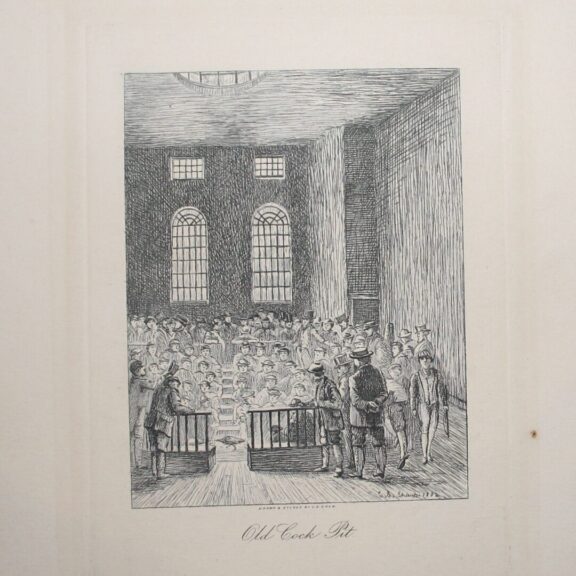
Old Cock Pit / Temperance Hall
Date: c1937
Photographer: Preston Scientific Society
The Old Cock Pit was built to host cockfighting, but later became a centre for local politics and for various groups and organisations to meet. At the time of the Preston dispute, it was mostly used as a Temperance Hall and meeting place for operatives. Charles Dickens attended a trade union meeting in late January 1854. The Old Cock Pit fell into disrepair soon after the dispute.
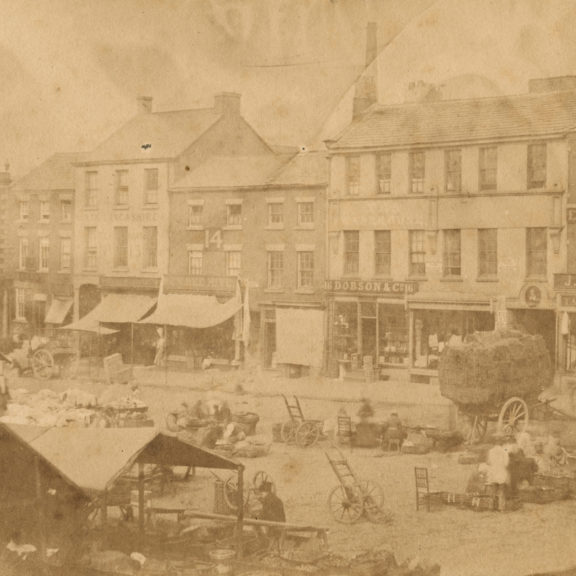
The Flag Market
Made: Preston
Date: 1853
The Flag Market in Preston was one of the key gathering places during the Preston Strike and Lock-out of 1853-54. It was here that some of the rallies and protests took place as workers fought for fair wages and better working conditions. The market remains a popular civic space for events, protests, and marches. In the modern day, the site of the flag market as seen in the above image is where The Harris stands today.
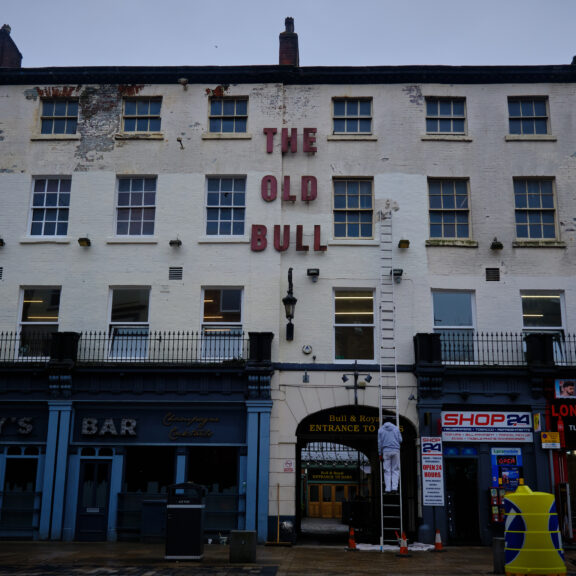
The Bull and Royal
The Bull and Royal Hotel is well known as being the place where Charles Dickens stayed while visiting Preston in 1854. It was from this hotel that Dickens observed the Lock-out, which he reported on in Household Words. The magazine featured his most famous piece on the dispute, ‘On Strike’ published in the February 11th issue, shortly after he started work on Hard Times. He then published chapters of the novel from April to August 1854, to encourage people to buy the magazine.
[credit to @elliott_dslrphotograpghy on Instagram for photo]
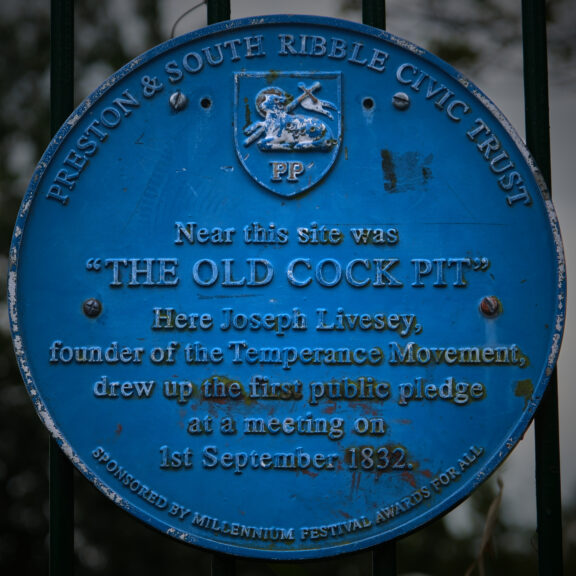
Stonygate Road Blue Plaque
Pictured above is a blue plaque that commemorates the Old Cock Pit, which was used during the Preston Strike and Lock-out of 1853- 54. The temperance hall opened by Joseph Livesey; the Old Cock Pit would go on to host the strikers and union leaders for union meetings throughout the struggle and protest.
[credit to @elliott_dslrphotograpghy on Instagram for photo]
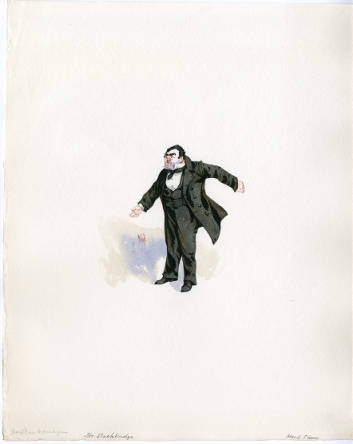
Slackbridge / Mortimer Grimshaw
Mortimer Grimshaw nicknamed the ‘Thunderer of Lancashire’, was a revered orator and one of the strike leaders in the Preston Strike of 1853-54. He is thought to have inspired Dickens’ character of Slackbridge in Hard Times. Slackbridge is a union representative, whose job is to bring together the workers who are striking in Hard Times. In the novel, Slackbridge uses exaggerated language to gain support for the strike. Alongside this, he alienates the main character of Hard Times, Stephen Blackpool, from his fellow workers because he does not participate in the strike. Slackbridge’s portrayal as a ‘self-interested professional agitator’ is similar to the criticisms of Grimshaw that became popular after the dispute. (H.I. Dutton & J.E. King, Ten Per cent and no surrender, 1981).
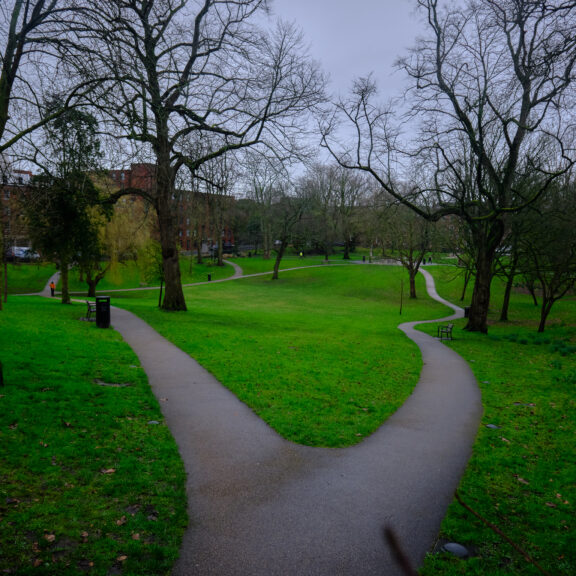
Winckley Square
Winckley Square was the centre of Preston society. The square was home to some of the richest and most powerful men in the town. This included mill owners such as Thomas Miller, Chairman of the Preston Masters’ Association, and the sole proprietor of Horrocks, Miller, and Co. Other mill owners such as Thomas’ brother Henry, John Swainson Junior, William Birley, William Ainsworth, John Humber, Paul Catterall and James German also lived on the square during the dispute.
[credit to @elliott_dslrphotograpghy on Instagram for photo]
